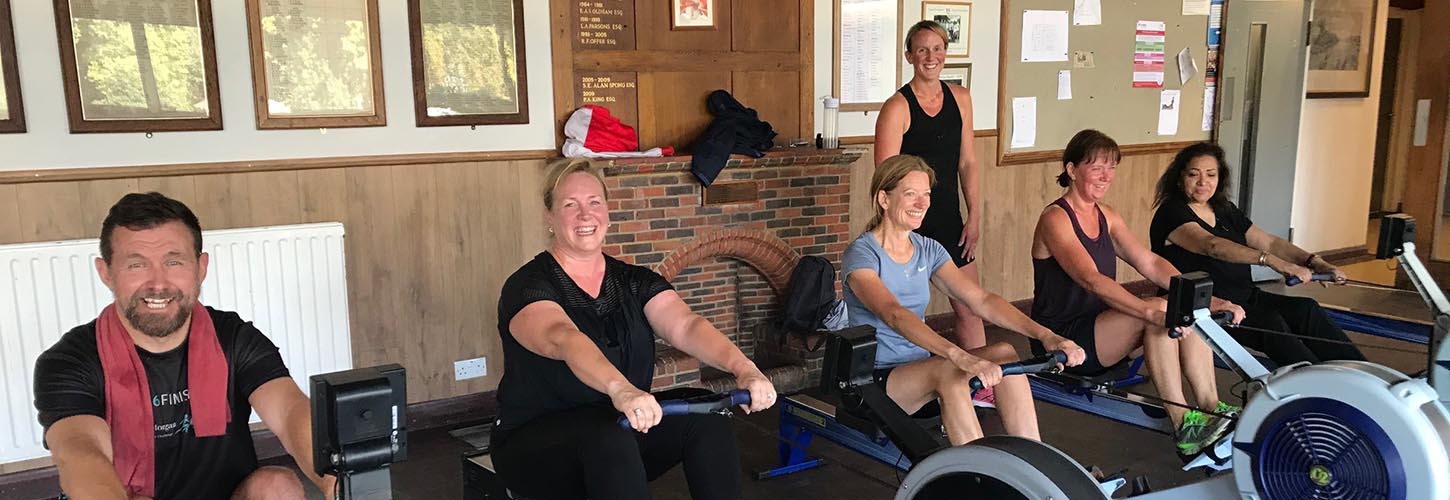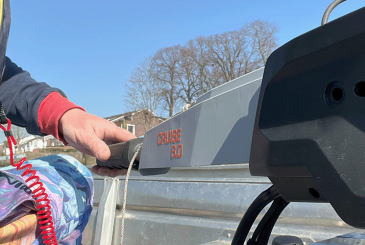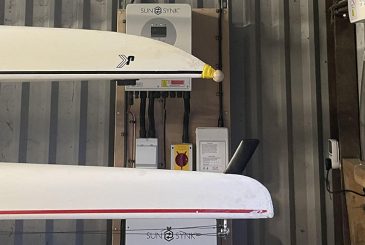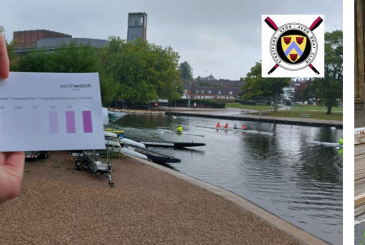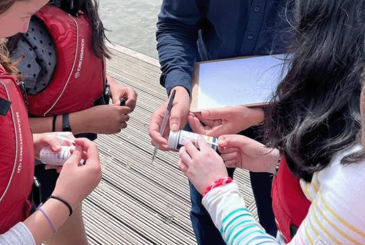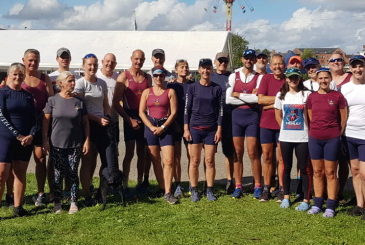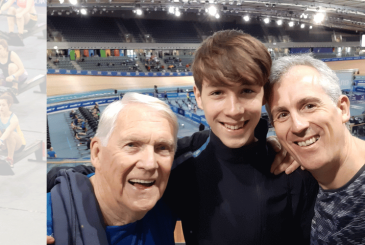Running an indoor rowing programme at your club can help attract new members, maximise use of your facilities, and bring in extra income. And British Rowing’s Go Row Indoor club package is designed to make it easier for them to do just that. Caroline Roberts talks to four clubs about how it’s working for them
Go Row Indoor club package encourages clubs to run indoor rowing classes for the wider community at times when their rowing machines would otherwise be sitting idle. It includes everything you need to get started, such as instructor training, marketing resources, workout plans and support to set up the programme.
To date, 42 clubs have signed up and 162 instructors have been through the training. Delivery models vary, with some clubs running classes themselves and others outsourcing to external fitness professionals, which means they can offer more classes albeit with less income going directly to the club.
“Clubs that do well have a group of ambassadors who want it to work, and also have the club members behind them to support it,” says Chris Farrell, British Rowing Project Manager for Indoor Rowing. “At the end of the day, these new indoor rowers may never want to get on the water. Many just like the social and fitness benefits of the sport and we should fully embrace and celebrate that.”
Multiple benefits for clubs
Bristol Ariel RC is one club with a thriving Go Row Indoor programme, offering seven 45-minute classes a week. These include five sessions open to non-members costing £5 each, with the first class free as a taster. There’s also one weekly session specifically for land members. This membership category was introduced to give participants the option of attending as often as they like for no extra cost. It uses a hybrid staffing model with some sessions run by club volunteers and others outsourced to local fitness professionals whom the club has trained up on rowing specifics. They cover some of the regular slots but can also step in when the volunteers are away, for instance on Henley weekend.
The club has worked to create a sense of community around the indoor classes. And they even have Bristol Ariel RC Go Row Indoor branded t-shirts. “At the end of a class they’ve had a great workout, formed their own social networks, enjoyed being part of the club and taken advantage of our fantastic location,” says coordinator Julien Tavener. “It’s been a boon to the club, both in terms of diversity of membership and revenue generation. We’ve managed to raise between £6,000 and £8,000 a year from Go Row. That’s a new boat, and it means our general membership is very supportive of the programme.”
Community links
Bringing in outside providers to run sessions can also add expertise, experience of working with a wide range of clients, and greater reach into the local community. One such provider is Fluid Fitness, owned by Susan Hodgson, a personal trainer and rower. She delivers two very popular sessions a week at both Kingston and Twickenham rowing clubs. One of these is aimed at older people and subsidised by the charity Silverfit.
Susan has qualifications in GP exercise referral for those with chronic conditions and in planning pre- and post-natal exercise programmes. This means she’s well-equipped to work with participants of varied fitness levels and ages. “My experience as a PT means I know how to help people adapt if they have injuries or other issues, she says. “One of the things I love about the sport is it’s so inclusive. My emphasis is always on rowing well but within your limitations. It’s very friendly and non-competitive. I try to create an environment where people can challenge themselves as much as they want.”
Club-run programmes
Molesey BC prefers to run its own sessions rather than outsource. It offers two sessions a week, on Wednesday evenings and Saturday afternoons when the club is quiet. At their busiest, they attract around 12 people, and four regulars have gone on to join the club.
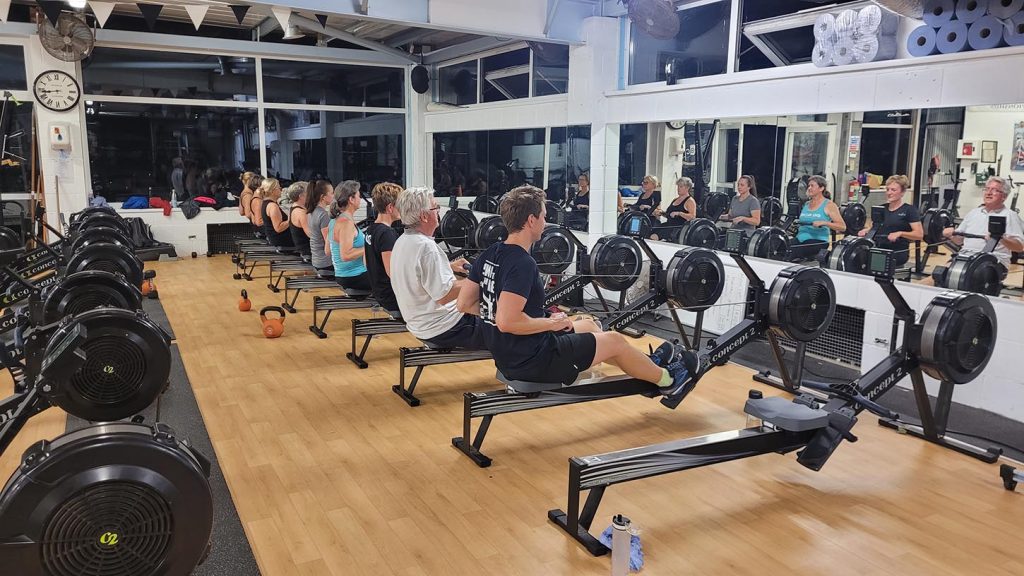
However, staffing can be challenging, says James Holden who runs the Wednesday class. “I recently missed four weeks as I was travelling for work, and when I got back we were down to three participants. Consistency is really important. You need a pool of volunteers to call on if the instructor is absent and one person taking overall responsibility for the programme. A simple booking system is also key – ours is now linked to a WhatsApp group to warn people of any cancellations.”
The Go Row Indoor instructor training has also benefited the wider membership
Burton Leander RC is in its second year of running the programme. It offers its own eight-week courses at beginner, intermediate and advanced levels, with classes running simultaneously on a Monday evening. Like Molesey, the club has had four participants go on to become members. But there are other benefits too, says instructor Steve Hollands. “I really enjoy watching people develop and grow, from only being able to row for a minute up to rowing a full 2K. It’s also a lot of fun. We do a warm-up to Queen’s Bohemian Rhapsody, which is ideal because starts off slow and then ups the tempo . Everyone ends up singing along!”
The Go Row Indoor instructor training has also benefited the wider membership, he adds. “Before, there was no one who was the go-to person for help with indoor rowing training.” His advice to other clubs thinking of signing up is simple: “Just do it. It’s very rewarding and you’ll get so much more footfall at the club.”
Find out more about how to become a Go Row Indoor club.


